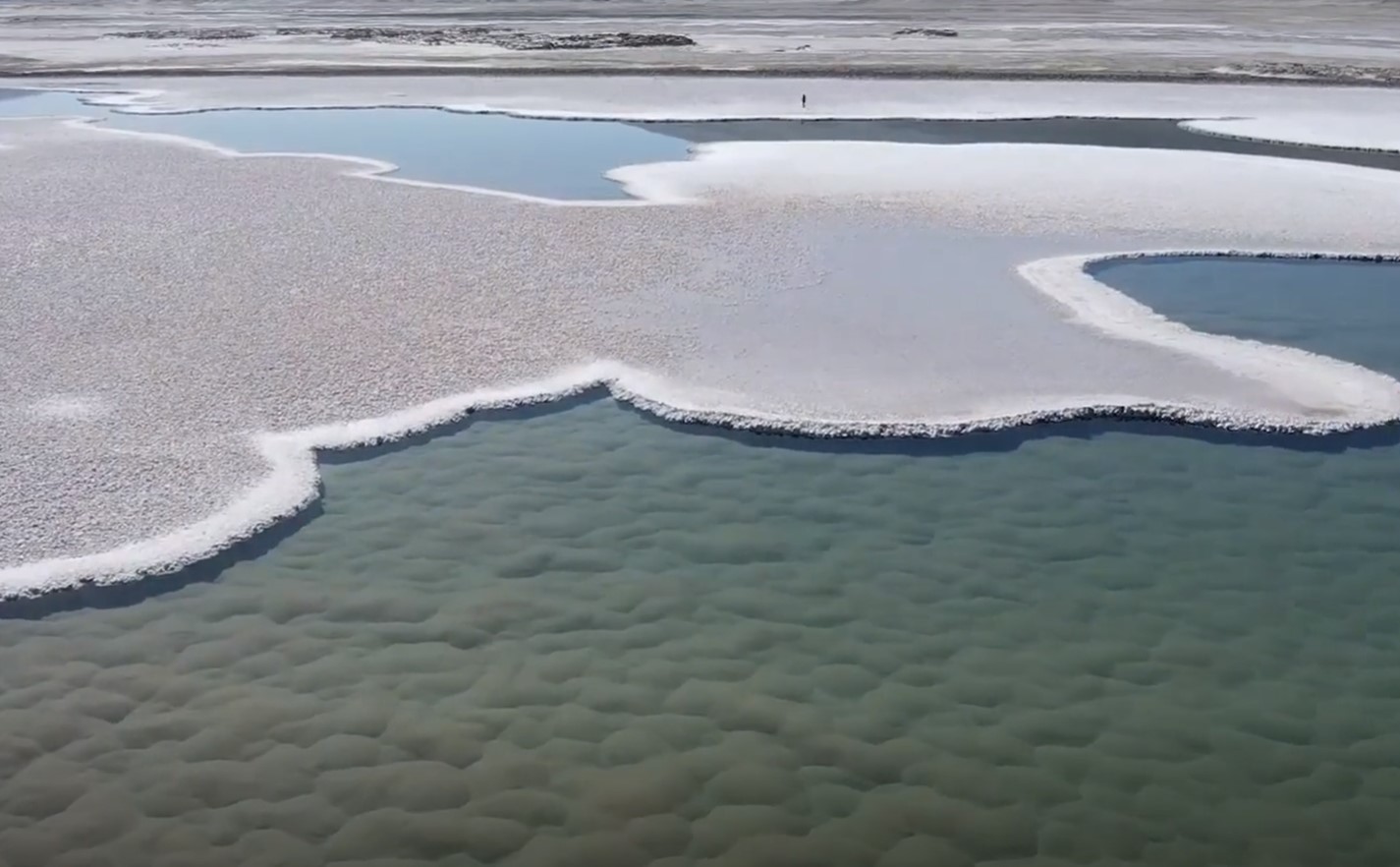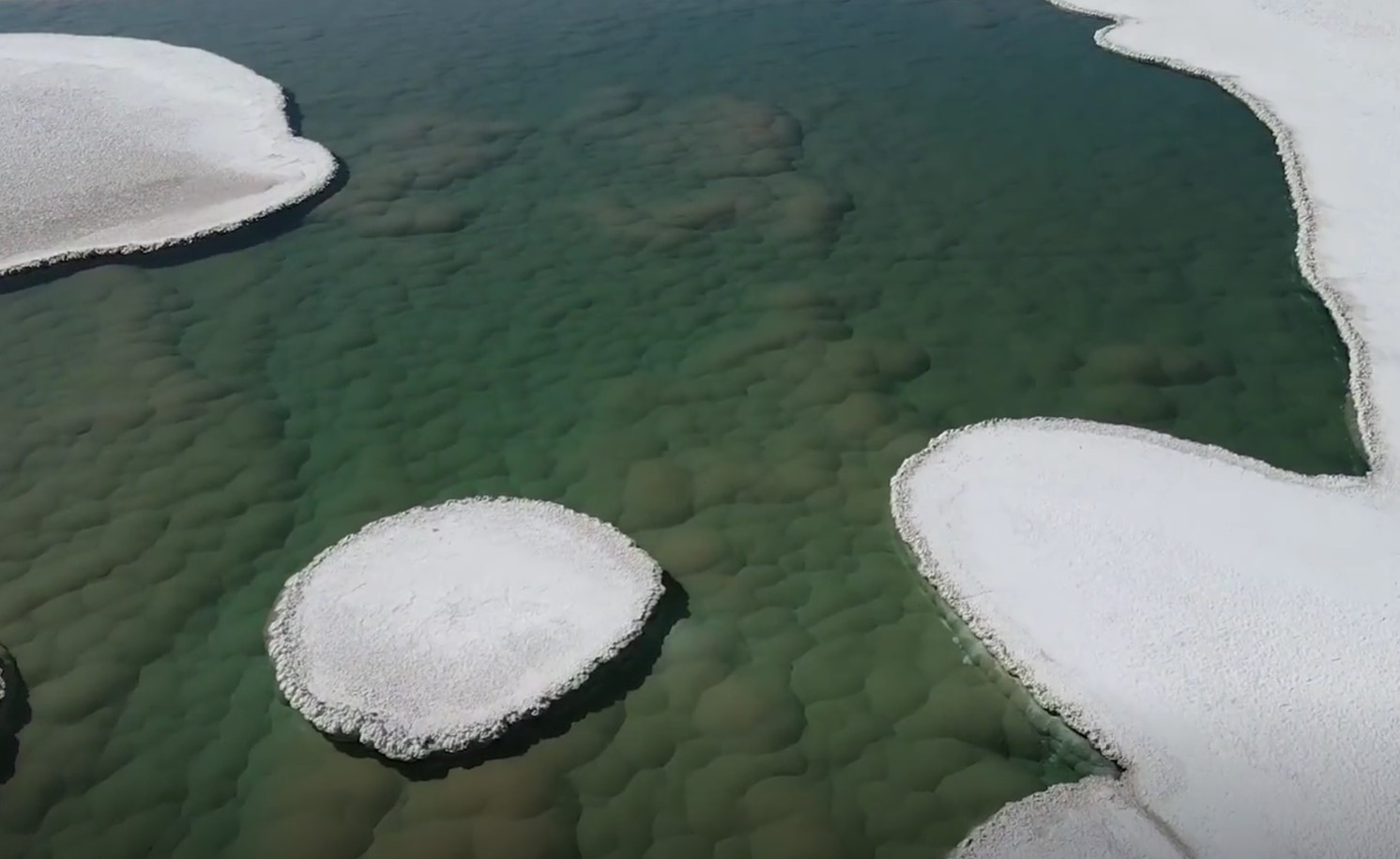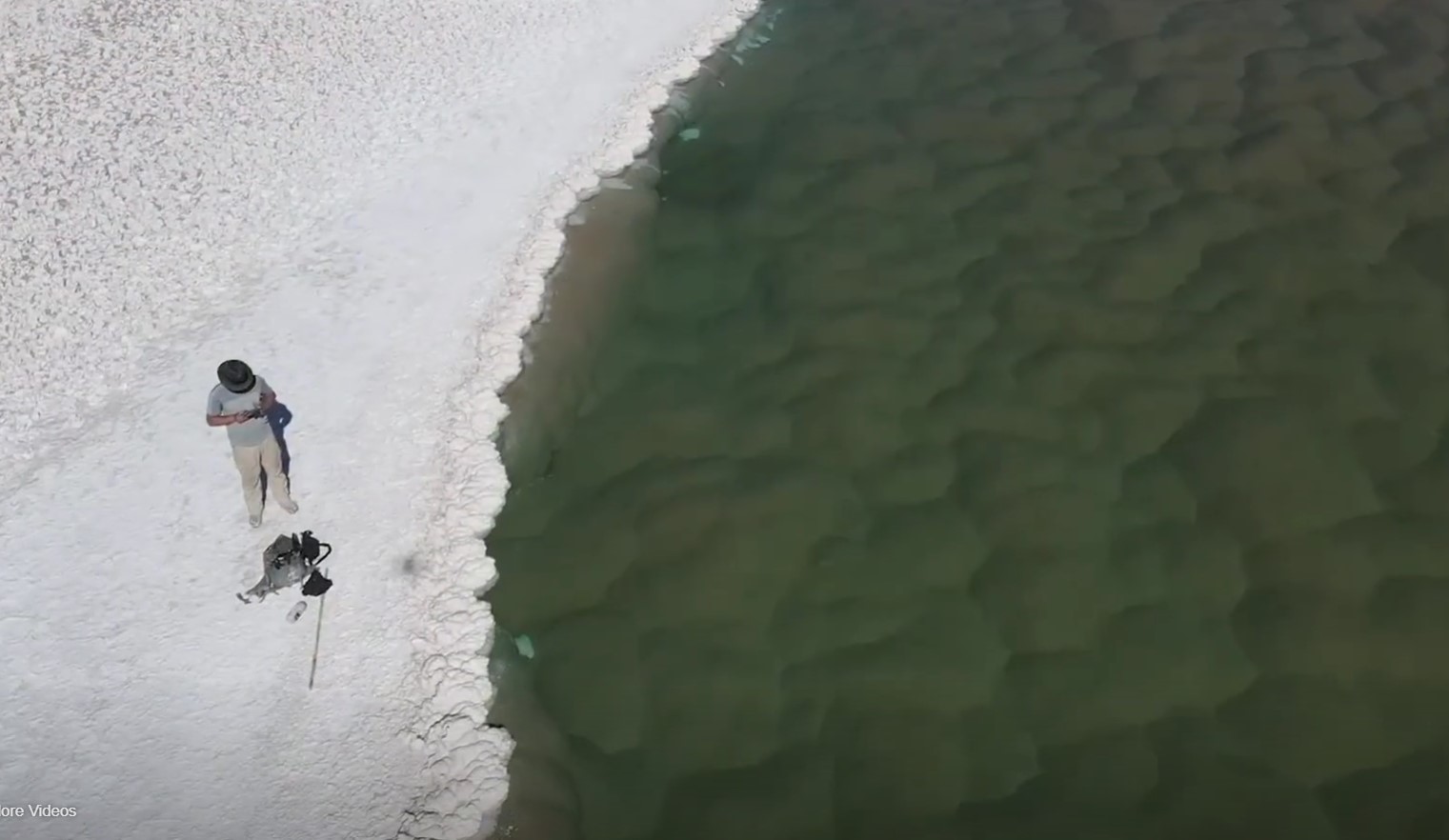Lost world found in Argentina's Puna de Atacama desert; reveals ancient secrets
There are still many fascinating mysteries on Earth that need to be solved, given its constantly changing landscapes.
In Argentina's isolated Puna de Atacama desert, a high plateau location rising more than 12,000 feet above sea level, one such mystery has lately come to light.

This amazing location, as reported by the University of Colorado Boulder, was previously unknown to science and hides a system of lagoons surrounded by dramatic salt plains.
Based on reports, few species can survive in what is considered to be one of the planet's most dry regions.
But new research has unearthed a whole secret ecosystem that lives in these seemingly abandoned lagoons.
Scientists Maria Farías and Brian Hynek made a remarkable discovery in northwest Argentina: a hidden network of lagoons
The amazing finding came about as a result of the collaboration between microbiologist Maria Farías and eminent professor Brian Hynek of the Department of Geological Sciences and Laboratory for Atmospheric and Space Physics (LASP).

Farías took Hynek to one of her study locations in northwest Argentina last year; they traveled a hard nine hours down a rough dirt road to a town of only thirty-five people that depended on a single freshwater spring.
During their stay, Hynek accidentally stumbled upon satellite images revealing a mysterious network of lagoons.
Fueled by curiosity, the duo embarked on an intrepid expedition, traversing treacherous terrains that occasionally submerged them knee-deep in salt slush.
Despite these challenges, their perseverance bore fruit as they unveiled a wondrous sight: 12 sprawling lagoons stretching across an impressive 25 acres.
Argentina's Puna de Atacama desert reveals stunning stromatolites, potential traces of ancient life
Under the calm waters, the stunned scientists saw a captivating sight: bright stromatolites, complex microbial populations creating enormous rock structures resembling coral reefs.
These magnificent stromatolites, which resembled lush mounds and some of which were as large as fifteen feet in breadth and several feet high, were painstakingly recorded by Hynek.
Hynek's preliminary investigation suggests that these contemporary microbial communities bear a striking resemblance to stromatolites that flourished 3.5 billion years ago, during the primordial Achaean era, when oxygen was limited in the developing atmosphere.

Hynek stated, "This lagoon could potentially be one of the finest living examples of the earliest traces of life on Earth. It defies anything I've ever witnessed before, or that any scientist has ever encountered."
This significant discovery has implications for providing light on the beginnings of life on Earth and also solving the mysteries surrounding Mars
It is believed that its past is similar to that of Earth billions of years ago, the red planet may contain hints about extinct life forms.
According to Hynek, "If life ever evolved on Mars to the extent of leaving behind fossils, it would have likely mirrored what we've discovered here."
Through understanding these modern Earthling societies, scientists may be able to learn vital information about the characteristics that could point to possible Martian life lurking beneath its rugged surface.

Hynek considered this discovery to be the greatest achievement of his scientific career and called it a "simply enlightening" experience.
He was amazed that such enormous, unrecorded miracles could still be discovered on Earth.
But the lagoons' future is in danger because an outside corporation has already obtained mining rights for lithium extraction in the region, endangering the lagoons' fragile environment for all time.






